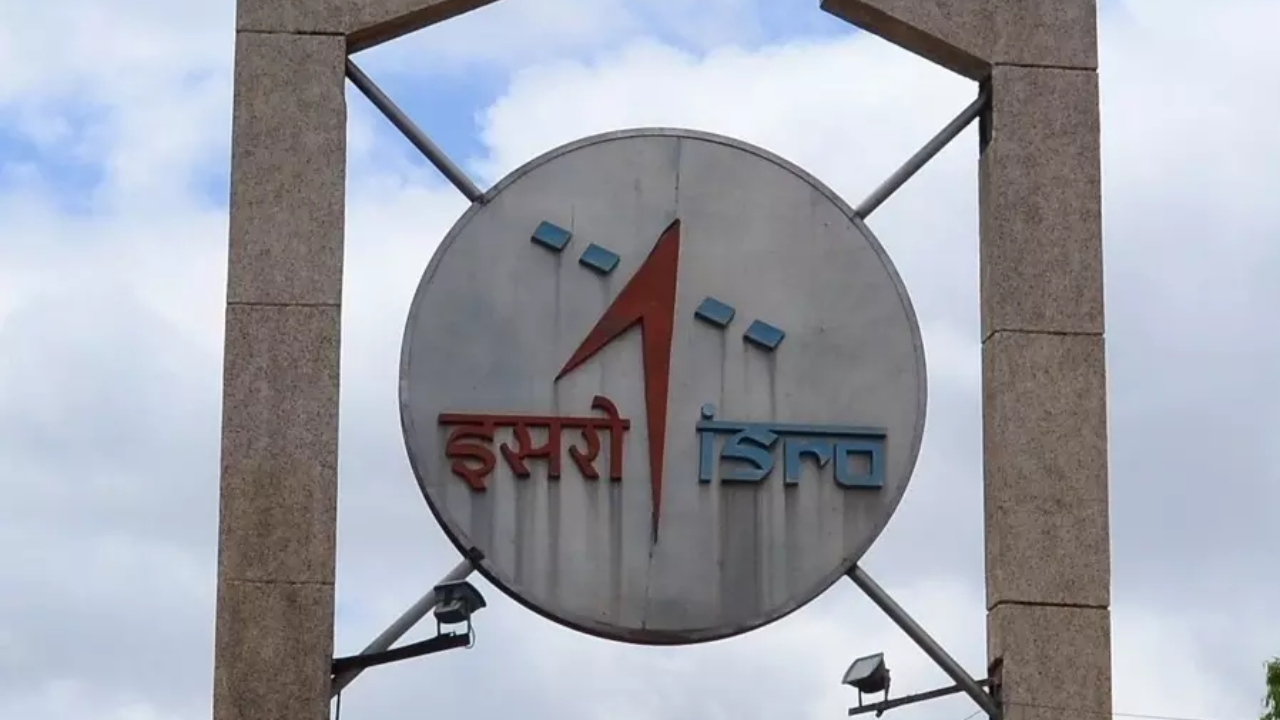XPoSat set to revolutionize x-ray astronomy: Isro



Unlike previous missions that focused predominantly on imaging, time-domain studies, and spectroscopy, XPoSat aims to explore the polarisation of intense x-ray sources, introducing a novel dimension to x-ray astronomy, the space agency said in a special page created for the mission.
Isro Chairman S Somanath had told TOI earlier this month that Isro is targetting at least two more launches this year, one on its workhorse, the PSLV, which will launch the Xposat and the other on the GSLV-Mk2, which will launch the Insat-3DS..
“The mission’s objectives include measuring x-ray polarisation and conducting long-term spectral and temporal studies of cosmic x-ray sources,” Isro said, adding that the anticipated mission life is around 5 years.
Scheduled for observation from Low Earth Orbit (LEO) at an altitude of approximately 650km and a low inclination of around 6°, XPoSat carries two scientific payloads. These payloads enable simultaneous studies of temporal, spectral, and polarisation features of bright x-ray sources.
“The primary payload, POLIX (Polarimeter Instrument in x-rays), developed by the Raman Research Institute (RRI), focuses on measuring polarimetry parameters in the medium x-ray energy range. It comprises a collimator, scatterer, and four x-ray proportional counter detectors,” Isro said.
“XSPECT (x-ray Spectroscopy and Timing), developed by the UR Rao Satellite Centre (URSC), offers fast timing and excellent spectroscopic resolution in soft x-rays. XSPECT is capable of observing various sources, including x-ray pulsars, black hole binaries, and active galactic nuclei,” Isro added.
The space agency said XPoSat’s significance lies in its ability to act as a diagnostic tool for examining the radiation mechanism and geometry of celestial sources. “By analysing x-ray polarisation signatures, scientists can measure the mass and spin of accreting black holes, explore accretion flow, outflow, and jets, estimate strong magnetic fields, and unveil the radiation zone and particle acceleration processes in pulsars,” Isro said.
To maximise scientific outcomes, Isro had organised a one-day user meet on May 25, bringing together national experts from around 20 institutes and universities.
Internationally, Isro said, the study of x-ray polarisation is gaining importance, exemplified by NASA’s Imaging x-ray Polarimetry Explorer (IXPE) mission. “XPoSat’s energy range complements IXPE’s range, enabling coordinated observations for a comprehensive understanding of bright x-ray sources,” Isro said.
Understanding the basic physics of polarisation is crucial, Isro said, adding that in astronomy, polarisation serves as a diagnostic tool, revealing information about the anisotropy of fields and the velocity distribution of charged particles.
“XPoSat’s introduction of polarimetry measurements is expected to revolutionise the comprehension of emission processes from diverse sources. It is poised to bring substantial benefits globally, providing insights into the physics of celestial objects like black holes and neutron stars,” Isro added.
function loadGtagEvents(isGoogleCampaignActive) { if (!isGoogleCampaignActive) { return; } var id = document.getElementById('toi-plus-google-campaign'); if (id) { return; } (function(f, b, e, v, n, t, s) { t = b.createElement(e); t.async = !0; t.defer = !0; t.src = v; t.id = 'toi-plus-google-campaign'; s = b.getElementsByTagName(e)[0]; s.parentNode.insertBefore(t, s); })(f, b, e, 'https://www.googletagmanager.com/gtag/js?id=AW-877820074', n, t, s); };
function loadSurvicateJs(allowedSurvicateSections = []){ const section = window.location.pathname.split('/')[1] const isHomePageAllowed = window.location.pathname === '/' && allowedSurvicateSections.includes('homepage')
if(allowedSurvicateSections.includes(section) || isHomePageAllowed){ (function(w) { var s = document.createElement('script'); s.src="https://survey.survicate.com/workspaces/0be6ae9845d14a7c8ff08a7a00bd9b21/web_surveys.js"; s.async = true; var e = document.getElementsByTagName('script')[0]; e.parentNode.insertBefore(s, e); })(window); }
}
window.TimesApps = window.TimesApps || {}; var TimesApps = window.TimesApps; TimesApps.toiPlusEvents = function(config) { var isConfigAvailable = "toiplus_site_settings" in f && "isFBCampaignActive" in f.toiplus_site_settings && "isGoogleCampaignActive" in f.toiplus_site_settings; var isPrimeUser = window.isPrime; if (isConfigAvailable && !isPrimeUser) { loadGtagEvents(f.toiplus_site_settings.isGoogleCampaignActive); loadFBEvents(f.toiplus_site_settings.isFBCampaignActive); loadSurvicateJs(f.toiplus_site_settings.allowedSurvicateSections); } else { var JarvisUrl="https://jarvis.indiatimes.com/v1/feeds/toi_plus/site_settings/643526e21443833f0c454615?db_env=published"; window.getFromClient(JarvisUrl, function(config){ if (config) { loadGtagEvents(config?.isGoogleCampaignActive); loadFBEvents(config?.isFBCampaignActive); loadSurvicateJs(config?.allowedSurvicateSections); } }) } }; })( window, document, 'script', );
Recent Posts
'मुख्यमंत्री कोविड-19 बाल सेवा योजना' के लिए नहीं है बजट? अब मंत्री नरेंद्र पटेल ने किया ये दावा
<p style="text-align: justify;"><strong>Madhya Pradesh News Today:</strong> भारत सहित पूरी दुनिया ने 3 साल वैश्विक महामारी…
Inside Hina Khan’s Pre-Birthday Celebrations With Rocky Jaiswal And Mother In Goa
Hina Khan’s birthday is on October 2. (Photo Credits: Instagram)From a stunning view of her…
Swiggy IPO Gets Sebi Approval: All You Need to Know About Rs 11,000-Crore Issue
Food and grocery delivery major Swiggy has received markets regulator Sebi’s clearance to launch its…
‘Imprints of Make in India visible everywhere’: PM Modi lauds 10 years of flagship initiative | India News
NEW DELHI: Prime Minister Narendra Modi on Wednesday lauded the efforts of each and every…
Waqf Amendment Bill JPC 1 Crore Emails Nishikant Dubey VHP Vinod Bansal Said it Email Jihad | वक्फ बिल पर 1 करोड़ से ज्यादा सुझाव: VHP बोली
Waqf Amendment Bill Email: वक्फ संशोधन बिल पर संयुक्त संसदीय समिति (जेपीसी) को सुझाव के लिए…
Georgia Meloni and Elon Musk date truth behind the viral photos
Meloni And Musk Viral Photos : दुनिया के सबसे अमीर शख्स एलन मस्क ज्यादातर किसी…
